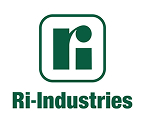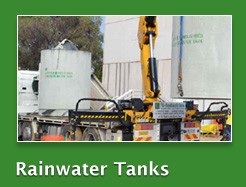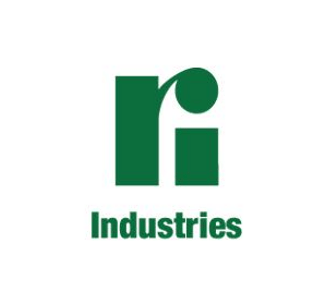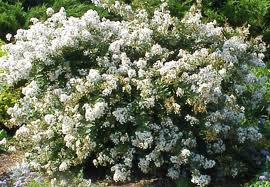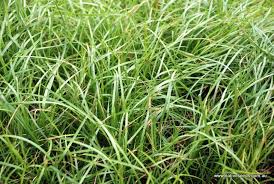Warmer weather typically means increased water use around the home. Plants, grass, and gardens need extra watering. Pools need to be filled or topped off, and people tend to need an extra shower here and there. Perhaps this is why we’ve been fielding a lot questions about our Ri Industries Concrete Rainwater Tanks.
One of the most frequent questions we get asked is about the safety of drinking the collected rainwater. According to SA Health (sahealth.sa.gov.au):
“Generally rainwater is safe to drink. If the rainwater is clear, has little taste or smell and is from a well-maintained system, it is probably safe and unlikely to cause any illness for most users.
Disinfecting the water before consumption should be considered for those who are immuno-compromised such as the very young or very old, cancer patients, people with diabetes, organ transplant recipients or people who are HIV positive. This can be achieved by bringing the rainwater to the boil.”
Another often asked question is about the quality of collected rainwater. Again, according to SA Health:
“Rainwater collected in tanks generally contains few chemicals. However, there may be increased pollution by airborne contaminants from very heavy traffic or in industrial areas.
Collection of rainwater for human consumption (drinking and cooking) in areas affected by very heavy traffic, industry, incinerators and smelters is not recommended.
The microbiological quality of rainwater collected in domestic tanks may not be as good as mains water, but if collection systems are well maintained, the risk of harmful organisms being present is low. The supply of good quality water depends on ensuring correct design and installation followed by sensible maintenance of the rainwater tank and catchment area. The collection of rainwater involves low maintenance — not no maintenance.”
When you purchase and install a concrete rainwater tank from Ri Industries, you can be certain of correct and quality design and installation. Our rainwater tanks are very low maintenance as you will see on the maintenance page of our website.
For more information, please call us at 08 8444 8100.
